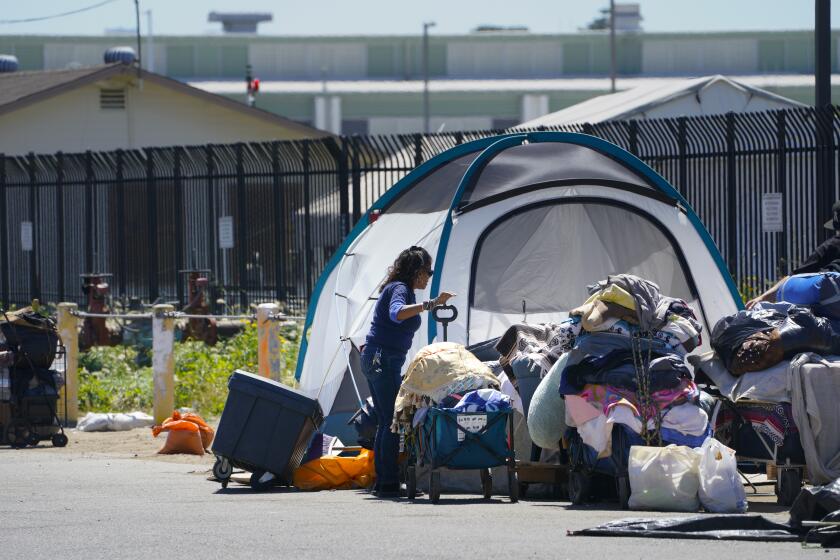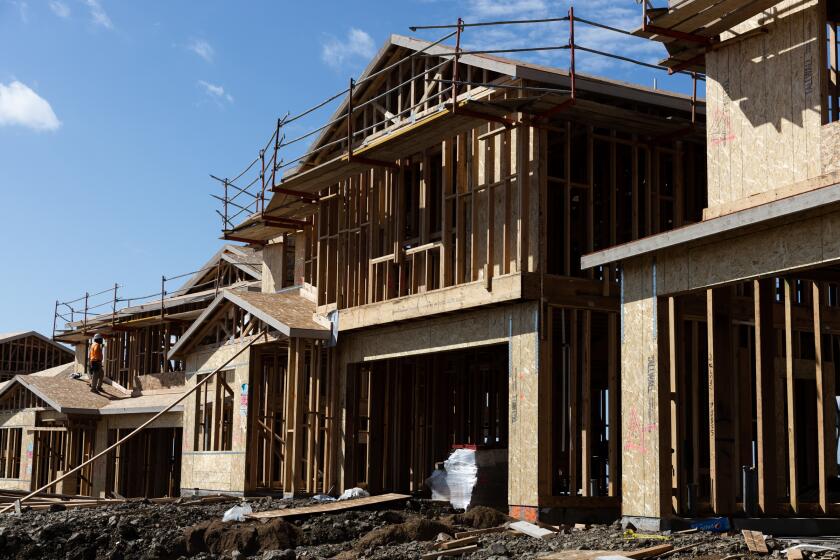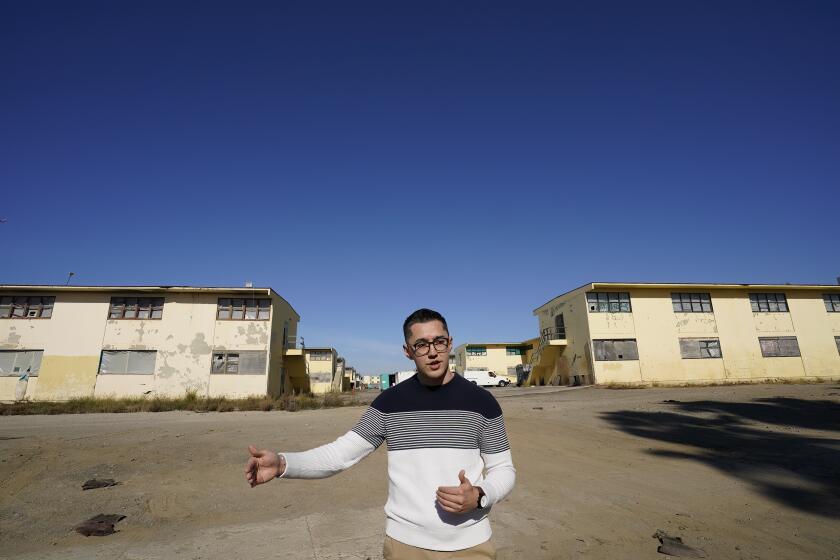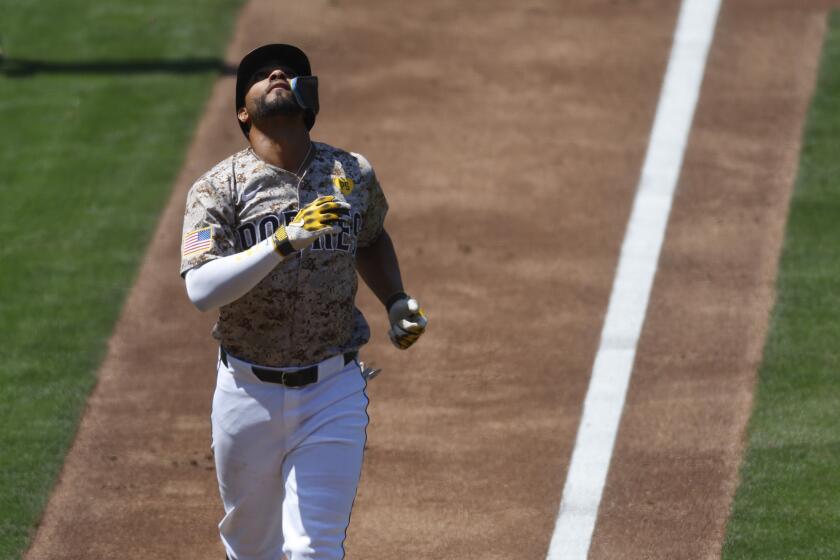Column: In praise of those annoying masks

As governors start lifting mandates, it’s worth emphasizing that masks saved a lot of lives during coronavirus pandemic
Face mask mandates saved an estimated 87,000 lives in the United States during 2020, the first year of the coronavirus pandemic, according to a study published by the International Monetary Fund in August.
A nationwide mandate, the authors wrote, could have saved an additional 58,000 lives.
“These large effects suggest that mask mandates are a crucial tool to counter pandemics, particularly if accepted widely by the population,” the authors concluded.
A Monmouth University poll last month showed 52 percent of Americans still supported face masks and social-distancing rules, though that’s down from 63 percent in September.
A New York Times poll in January found 68 percent of the U.S. public backed mask mandates in schools.
An EdChoice poll in December showed 50 percent of parents supported school mask requirements for children ages 5-11, while 29 percent said masks should be encouraged and 21 percent opposed encouraging or mandating masks.
And for the economy-minded, let’s not forget the Goldman Sachs study in June 2020 that said a national mask mandate could avoid a 5 percent drop in the country’s gross domestic product.
Perhaps this seems excessive but the point needs to be hammered home again: Mask mandates worked. They saved lives and slowed the spread of COVID-19 and its variants. They would have been more effective if more people abided.
Even if the study on lives saved or that could have been saved was 10 percent off — heck, 50 percent off — mask-wearing still would have been worth it.
The dispute over masks and other coronavirus restrictions may have become a proxy for the political divide in this country, but science and public opinion underscore that it was hardly an even split.
Now states across the country are lifting the mandates, with COVID infections and hospitalizations generally trending downward or having stabilized.
There are various reasons for that. Vaccinations proved effective, infection rates and hospitalizations are falling, and a lot of people still wear masks.
All that suggests it may be time to ease up. Still, there seems little question Democratic governors were facing political pressure to back off on masks. A weariness has set in, even among those who dutifully donned face coverings.
Within days — sometimes hours — of one another, a handful of states this week announced the loosening of mask mandates. The New York Times said Gov. Philip Murphy of New Jersey began the effort last fall “weeks after he was stunned by the energy of right-wing voters in his blue state, who nearly ousted him from office in what was widely expected to be an easy re-election campaign.”
After conducting focus groups, Murphy’s advisers learned that “(a)cross the board, voters shared frustrations over public health measures, a sense of pessimism about the future and a deep desire to return to some sense of normalcy.”
Then the Omicron variant surge hit, the Times noted, and Murphy put off easing restrictions until it started subsiding last month.
In California and elsewhere, some Democratic leaders undermined their own support for mask-wearing . . . by not wearing them. Gov. Gavin Newsom and Mayors London Breed of San Francisco and Gil Garcetti of Los Angeles posed for photos with basketball legend Magic Johnson sans masks at the Rams-49ers conference title game at SoFi Stadium on Jan. 30.
Across the country, Georgia gubernatorial candidate and rising Democratic star Stacey Abrams flashed her smile for the camera in a classroom filled with masked children.
It may have been a brief maskless moment, as some said, but that doesn’t explain how otherwise politically-savvy people could not have foreseen the “bad optics” so often feared in politics — especially Newsom. His SoFi photo rekindled memories of how he flagrantly violated his own COVID rules by attending a birthday dinner for a friend and lobbyist at a posh restaurant in the Napa Valley in November 2020.
It’s questionable that any will suffer long-term repercussions, but it added fuel to growing skepticism of continued mask mandates.
The message on masks wasn’t always clear. At the outset of the pandemic, some health officials said masks might not be effective and, in some cases, suggested people shouldn’t use them. Even though they soon reversed course on that as research concluded otherwise, some anti-mask advocates continued to point that out.
That wasn’t the only advice. Hand sanitizers were thought to be essential, but no longer are. It seems like a lifetime ago, but some experts urged shoppers to wipe down their groceries and other goods with disinfectants when they got home.
Some studies suggested lockdowns helped stem the spread of COVID-19. But research by the University of Chicago’s Harris School of Public Policy found states that imposed shelter-in-place orders, mandatory business closures and other restrictions didn’t see a significant difference in the number of coronavirus infections or deaths during the spring of 2020, according to Forbes.
However, the researchers cautioned this doesn’t mean such protective actions weren’t helpful.
“To be clear, our study should not be interpreted as evidence that social distancing behaviors are not effective,” the study’s authors wrote. “Many people had already changed their behaviors before the introduction of shelter-in-place orders, and shelter-in-place orders appear to have been ineffective precisely because they did not meaningfully alter social distancing behavior.”
As Gov. Murphy learned, there are clear signs the public really wants to move on from the pandemic even though, clearly, it’s not over. About 2,500 people were dying from coronavirus daily in the United States at the end of January and 119 deaths were added in San Diego over the week ending Wednesday according to the county.
But the trend of infections and hospitalizations is going in the right direction. The mandates were ordered to head off severe societal consequences, particularly overwhelming the health care system — a threat that largely is subsiding.
Soon, wearing masks will mostly be a voluntary decision, whether for the immunocompromised or others just not ready to go without them.
Let’s face it, helpful though they were, masks are a nuisance. Maybe they’re not really needed anymore except in limited situations. Many people will say good riddance. They can muffle speech, fog up glasses and give people of all ages zits on their nose.
And they interfere with politicians’ photo ops.
Get Essential San Diego, weekday mornings
Get top headlines from the Union-Tribune in your inbox weekday mornings, including top news, local, sports, business, entertainment and opinion.
You may occasionally receive promotional content from the San Diego Union-Tribune.












